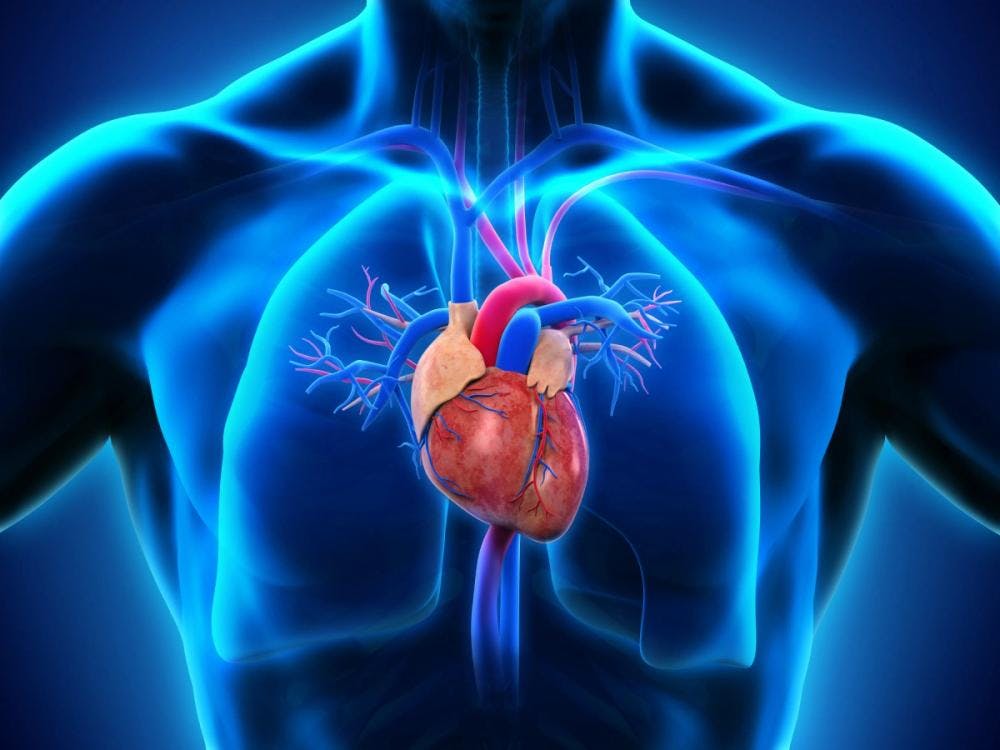The Latest Advances in Treating Heart and Lung Diseases

.
The Latest Advances in Treating Heart and Lung Diseases
Heart and lung diseases are among the most common and serious medical conditions that affect millions of people around the world. As such, it is important to stay up-to-date on the latest advances in treating these conditions. In this article, we will explore some of the most recent developments in treating heart and lung diseases, including new medications, treatments, and lifestyle changes that can help improve outcomes for those affected by these conditions.
Medications for Heart and Lung Diseases
The use of medications to treat heart and lung diseases has been a mainstay of treatment for many years. However, recent advances have seen the development of new medications that can be used to treat both conditions. For example, statins are now widely used to reduce cholesterol levels in patients with coronary artery disease (CAD). Other medications such as ACE inhibitors, beta blockers, and angiotensin receptor blockers (ARBs) are also commonly prescribed to treat high blood pressure (hypertension) associated with CAD.
In addition to these traditional medications, newer drugs such as PCSK9 inhibitors have been developed to further reduce cholesterol levels in patients with CAD. These drugs work by blocking an enzyme called proprotein convertase subtilisin/kexin type 9 (PCSK9), which is responsible for breaking down LDL cholesterol in the body. By blocking this enzyme, PCSK9 inhibitors can help reduce LDL cholesterol levels more effectively than statins alone.
For those with chronic obstructive pulmonary disease (COPD), bronchodilators such as albuterol are often prescribed to help open up airways and improve breathing. Inhaled corticosteroids may also be used to reduce inflammation in the lungs caused by COPD. Additionally, newer biologic therapies such as mepolizumab have been developed to target specific proteins involved in COPD inflammation and may be used as an alternative or adjunct therapy for those who do not respond well to traditional treatments.
Treatments for Heart and Lung Diseases
In addition to medications, there are a number of other treatments available for those with heart or lung diseases. For example, lifestyle modifications such as quitting smoking or increasing physical activity can help improve outcomes for those with CAD or COPD. Additionally, surgical procedures such as coronary artery bypass grafting (CABG) may be recommended for those with severe blockages in their coronary arteries that cannot be treated with medication alone. Similarly, lung volume reduction surgery may be recommended for those with severe emphysema who do not respond well to other treatments.
For those who require more advanced treatment options, stem cell therapy has recently emerged as a promising option for treating both heart and lung diseases. Stem cells are special cells that have the ability to differentiate into different types of cells depending on their environment; thus they can potentially be used to replace damaged tissue or organs in the body. Studies have shown that stem cell therapy may be effective at improving outcomes in patients with CAD or COPD when combined with traditional treatments such as medication or lifestyle modifications; however more research is needed before it can become a widely accepted treatment option.
Lifestyle Changes That Can Help Improve Outcomes
In addition to medications and treatments available for heart and lung diseases, making certain lifestyle changes can also help improve outcomes for those affected by these conditions. For example, quitting smoking is one of the most important steps someone can take if they want to reduce their risk of developing CAD or COPD; even if someone has already been diagnosed with either condition quitting smoking can still help slow down its progression or even reverse some of its effects over time. Additionally, eating a healthy diet low in saturated fat and high in fruits and vegetables can help reduce cholesterol levels which is beneficial for those with CAD; similarly eating foods rich in antioxidants like berries may help reduce inflammation associated with COPD which could lead to improved breathing over time. Finally engaging in regular physical activity has been shown to benefit both heart health by reducing blood pressure levels as well as lung health by improving breathing capacity; thus it should be encouraged among all individuals regardless of whether they have been diagnosed with either condition or not!

